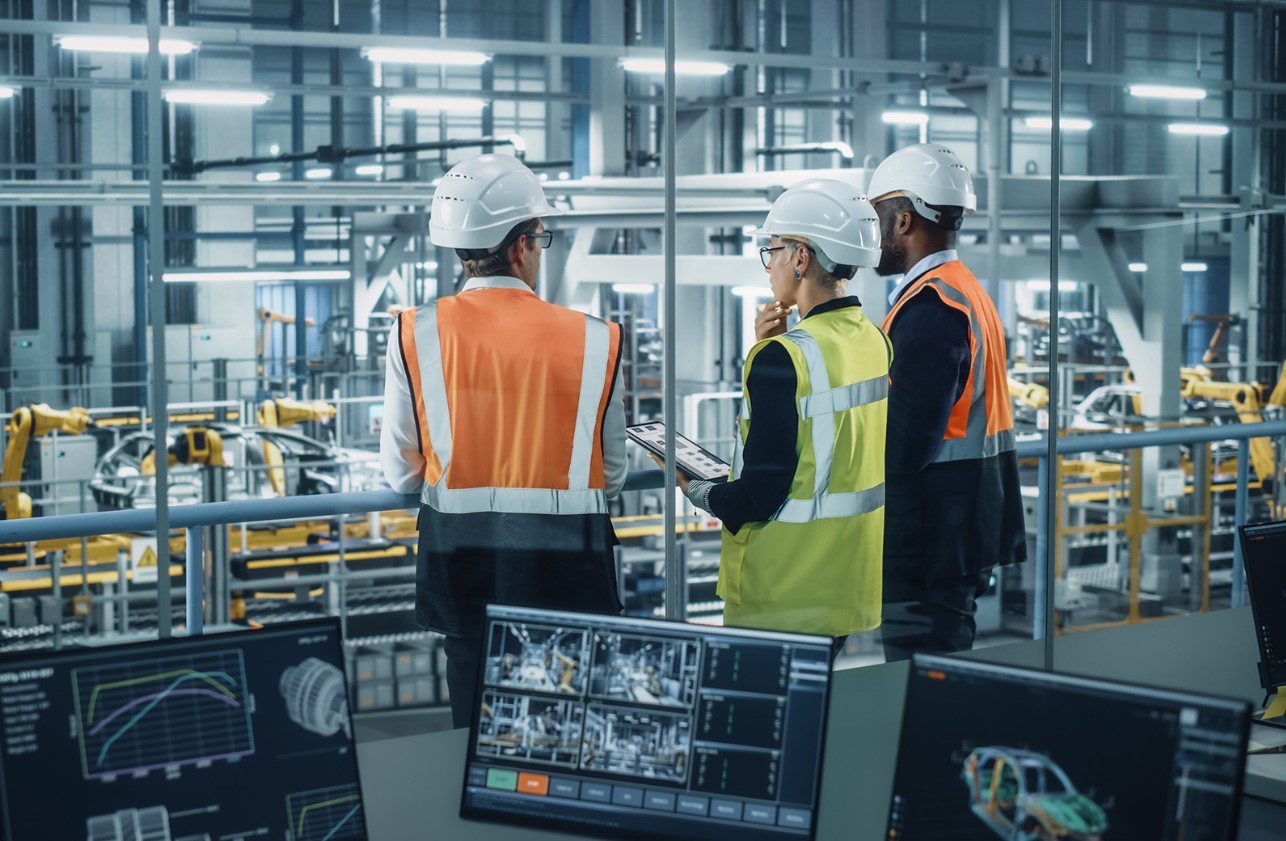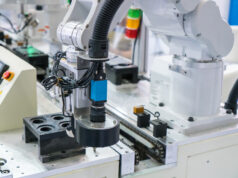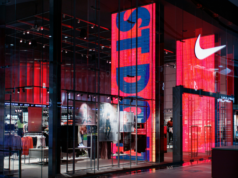Wholesale manufacturing is the unsung hero of our modern world. It’s the engine that powers the production of countless products we use daily, from the clothes we wear to the gadgets we can’t live without.
This blog post aims to shed light on the intricate processes behind wholesale manufacturing, revealing the dedication, precision, and innovation that go into creating products on a massive scale.
As we delve deeper, we’ll uncover the layers of expertise, technology, and collaboration that make this industry a cornerstone of global economies.
The Manufacturing Process Overview
Manufacturing isn’t just about churning out products; it’s an art form. The journey from a mere concept to a tangible product involves several stages.
Each stage is a world in itself, with its unique challenges, methodologies, and goals. From the initial design sketches to the final product that sits on store shelves, every step is a culmination of countless hours of work and innovation.
By understanding this journey, we gain a deeper appreciation for the products we often take for granted.
Design and Planning Phase

Every product starts as an idea. Wholesale manufacturers collaborate with designers to bring these ideas to life. This phase is more than just sketching; it involves understanding market demands, potential materials, and production feasibility.
Proper planning at this stage can make or break the entire process. It’s not just about aesthetics; it’s about foreseeability, ensuring that the design can be efficiently produced at scale.
This phase also involves market research, understanding consumer needs, and predicting future trends to ensure the product’s long-term viability.
Raw Material Acquisition
The backbone of manufacturing is the raw materials. Manufacturers establish relationships with suppliers worldwide to ensure they receive the best materials. Factors like quality, quantity, and supplier reliability play a pivotal role.
A slight compromise on material quality can drastically affect the final product, making this phase one of the most critical in the entire process.
Additionally, geopolitical factors, trade agreements, and global events can influence material availability and cost, making this a dynamic and challenging phase.
Production Techniques
Manufacturing techniques vary based on the product. Some products are best suited for assembly line production, where each product goes through a systematic process. Others might require custom production, where products are crafted individually.
The chosen technique must align with the product’s design and material requirements, ensuring efficiency and quality.
Moreover, manufacturers must be agile, ready to adapt to new techniques or modify existing ones to meet evolving market demands or overcome challenges.
Workforce and Labor
Behind every machine is a human touch. Skilled laborers, technicians, and engineers breathe life into raw materials. Their expertise ensures that the machines run smoothly, and products meet the desired standards.
Continuous training and collaboration among teams are essential to adapt to new technologies and methodologies. The human element in manufacturing cannot be overstated.
Their skills, dedication, and attention to detail are the foundation upon which the entire manufacturing process rests.
Quality Control Measures
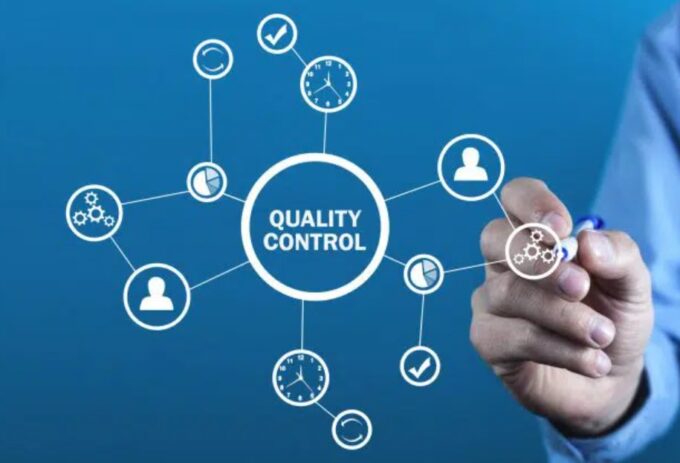
Quality control is the gatekeeper of manufacturing. Rigorous checks during and post-production ensure that every product aligns with the set standards. Any defects identified are rectified, and measures are put in place to prevent them in future batches.
This relentless pursuit of perfection ensures that consumers receive nothing but the best. Beyond just ensuring product quality, these measures also safeguard a brand’s reputation, ensuring trust and loyalty among consumers.
Quality is what puts a company on the throne and the lack of it can dethrone even the biggest companies out there.
Technological Integration
Modern manufacturing is a blend of human expertise and technological prowess. Automation, robotics, and advanced software systems have revolutionized production, enhancing efficiency, precision, and scalability.
These technologies not only speed up production but also minimize errors, ensuring consistent product quality.
As technology continues to evolve, manufacturers are constantly on the lookout for the next big thing that can further optimize their processes and deliver even better products to consumers.
Environmental Sustainability
The manufacturing world is increasingly recognizing its responsibility towards the planet. Efforts are being made to adopt sustainable practices, from using eco-friendly materials to reducing waste.
Energy-efficient methods are being employed, and there’s a conscious effort to minimize the carbon footprint, ensuring a greener future.
As consumers become more environmentally conscious, manufacturers are also feeling the pressure to adopt practices that not only produce quality products but also protect our planet.
Packaging and Branding
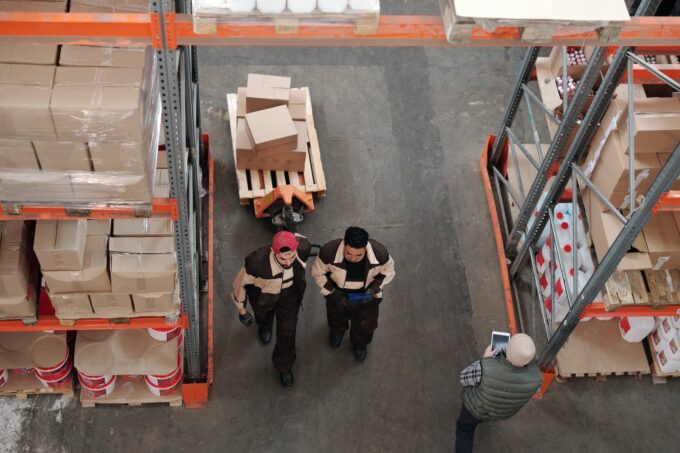
Once a product is made, it needs to be prepared for the market. Proper packaging ensures that products reach consumers in pristine condition.
Additionally, branding and labeling play a crucial role in market recognition.
It’s not just about protection; it’s about presentation and identity. In today’s competitive market, packaging and branding can be the differentiating factor that influences a consumer’s purchasing decision, making it a critical aspect of the manufacturing process.
Supply Chain and Distribution
The journey doesn’t end once the product is made. Efficient warehousing and transportation systems ensure that products reach retailers and, ultimately, consumers.
Manufacturers continuously strategize to streamline their supply chains, ensuring timely deliveries and meeting market demands.
In our globalized world, this phase is a complex dance of logistics, coordination, and strategy, ensuring that products are available where and when consumers want them.
Challenges and Future Trends
The manufacturing landscape is ever-evolving. Challenges like supply chain disruptions, changing consumer preferences, and geopolitical scenarios constantly test manufacturers.
However, the future also promises trends like increased automation, personalization, and a heightened emphasis on sustainability, pushing manufacturers to innovate and adapt.
Staying ahead of these challenges and capitalizing on emerging trends is what separates successful manufacturers from the rest.
Conclusion
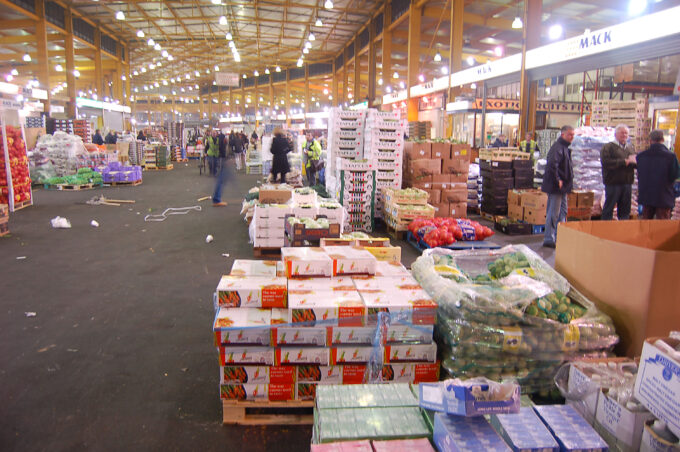
Wholesale manufacturing is a symphony of processes, people, and technologies. It’s a testament to human ingenuity and collaboration.
As we’ve journeyed through its intricacies, one thing is clear: the world of manufacturing is vast, complex, and incredibly impactful.
It’s the silent force that shapes industries, economies, and our daily lives. As we look to the future, we can only anticipate further innovations and advancements, making this industry even more fascinating and essential.


